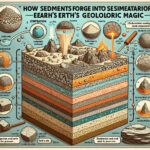Introduction to Sedimentary Rocks
Have you ever gazed upon the vast canvas of the Grand Canyon and marveled at its layered beauty? Those layers are like pages in Earth’s diary, telling tales of times long gone. They’re what we call sedimentary rocks, and they are fantastically ordinary, yet undeniably crucial, in our planet’s geological choreography. Sedimentary rocks are, simply put, the seasoned storytellers of our planet’s past, giving us a glimpse into ancient environments and providing a cache of natural resources.
Imagine you’re time traveling, seeing our Earth’s surface as a colossal collage of materials: tiny soil particles, plant debris, shells, and even bones. These materials journey through waterways like nomads wandering across deserts, eventually settling down, layer by layer, to create sedimentary rocks. It’s a process as rhythmic as the tides, with each sand grain or seashell contributing to the groundwork of these geological archives.
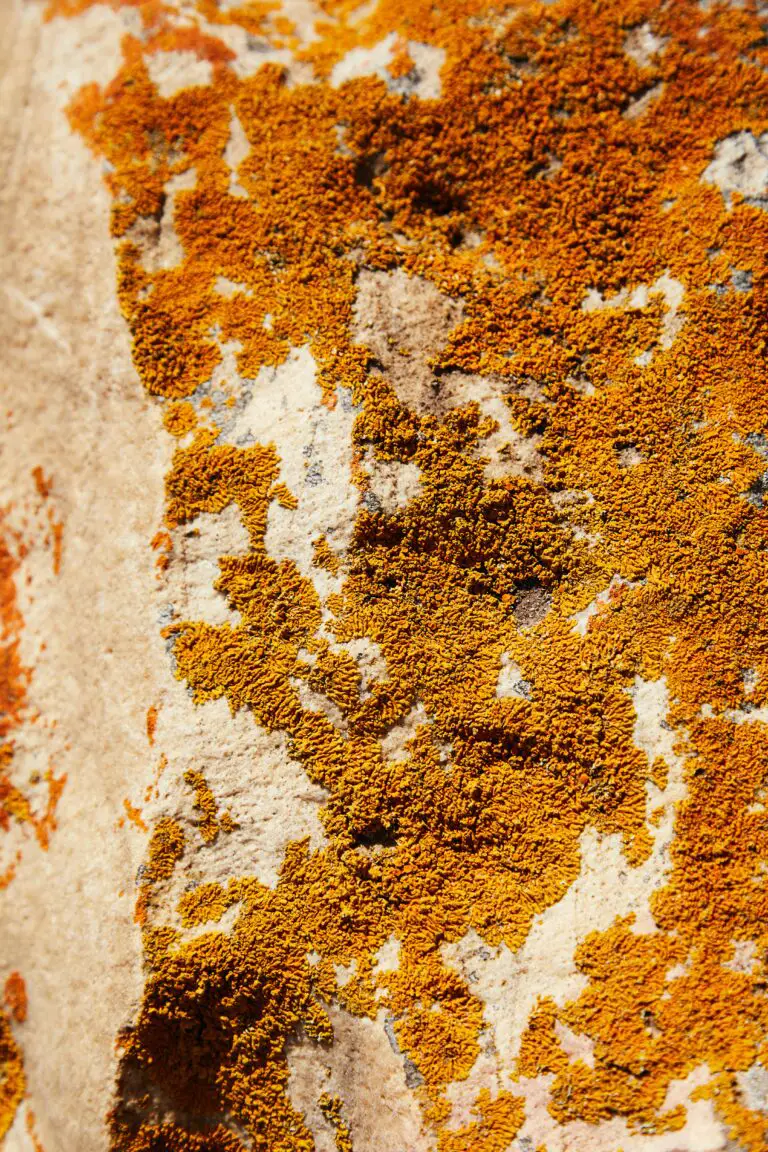
Consider this: much of what heats our homes or fuels our vehicles owes its existence to this relentless sedimentary process. Coal, a black treasure trove of energy, and petroleum, the so-called ‘liquid gold,’ both owe their origins to the accumulation and transformation of organic matter over eons. The journey from a fallen leaf in a primeval swamp to a flickering flame in your fireplace is one of immense pressure, heat, and time – it’s the sedimentary rock story.
As discussions about the Earth’s geological history continue, it’s clear that without sedimentary rocks, our understanding would be less colorful, less detailed. They don’t just rest beneath our feet unnoticed. Instead, they rise in majestic cliff faces, line riverbeds and canyons, and even crop up in our everyday life in the form of bricks and tiles. It’s a testament to the sedimentary rock’s role as Earth’s historical ledger.
So, as you interact with these rocky records, remember their subtle yet profound role in sketching the narrative of our Earth. They’re not merely rocks; they are the keepers of secrets, waiting for us to unfold their stories and unearth the wonders of ancient landscapes frozen in stone. Sedimentary rocks, in their unassuming way, are truly the bedrock of our planet’s history.
The Birth of Sedimentary Rocks: A Step-by-Step Journey
Welcome to the captivating world of sedimentary rocks, where tiny particles embark on an epic voyage to become the stable ground beneath our feet. It’s a tale not of sudden creation, but a gradual birth—a symphony of natural forces playing out over millennia. Let’s follow the trail of breadcrumbs that lead to the creation of these geological marvels.
Weathering: Nature’s Sculpting Tool
Our journey begins with weathering, Mother Nature’s way of chiseling away at the colossal monoliths that pepper our planet’s surface. These giants don’t crumble easily, but the relentless persistence of rain, wind, and temperature variations slowly breaks rock into smaller pieces. Imagine the magnificent sandstone arches of Utah, sculpted to perfection by the patient hands of time.
Erosion: Rock on the Move
Once rock fragments are formed, erosion gets into the driver’s seat. Rainwater doesn’t just trickle down these newly formed grooves and crevices; it gushes with purpose, sweeping sediment into streams and rivers. Over time, these traveling particles journey far from their parental rock, like the colorful pebbles found dancing along the bottom of the Grand Canyon’s mighty Colorado River.
Transportation: The Great Migration
Transportation is the stage where particles, now tourists in nature’s grand landscape, move from highlands to basins. This trek isn’t a lazy Sunday drive; it’s dictated by gravity, water flow, wind, and even glacial movement. The grains that make up the sprawling Mississippi Delta are a testament to sediment’s wanderlust—they’ve sailed down North America’s mightiest river to be deposited far and wide.
Deposition: Sediment Settles Down
Eventually, these world-weary sediments reach a destination where the waters slow, allowing them to settle and accumulate. This process, known as deposition, is the settling phase for our restless sediments. In environments like river deltas, floodplains, or ocean basins, layers of sediment pile up, ready for the next transformation. Picture the layers of the Grand Canyon—each one tells a story of deposition from a different era.
Compaction: The Weight of the World
As layers build up, the sediments find themselves buried under an increasing load. This burden doesn’t crush their spirits, but it does compact them, squeezing out water and reducing pore space in a process akin to a gentle giant pressing down on a sponge. The compacted layers found in the famed cliffs of Dover are an excellent example of sedimentary strength.
Cementation: The Final Bonding
Cementation is the grand finale, where dissolved minerals act as a glue, binding sediments into solid rock. The bond these minerals create is so strong that the resulting sedimentary rock can endure for ages. Think of the formidable limestone towers of Zhangjiajie in China—cemented grains standing tall as a testament to the power of cementation.

Each rock tells a profound story about Earth’s history and the natural phenomena that shaped it. If you’re keen on delving into this fascinating narrative, I suggest a comprehensive read about the formation process of sedimentary rocks. And as for getting deeper into the intricacies of geological processes, I encourage you to explore the diverse Earth sciences section right here on our site, a treasure trove dedicated to unraveling Earth’s enigmatic workings.
While it might seem like only a whisper in the eons of geological time, the story of sedimentary rocks is a saga of transformation—of ordinary minerals and particles into the bedrock of civilizations, past and present. Through processes so ancient and persistent, these rocks are pages in Earth’s grand autobiography, waiting for us to read between their layers.
Classifying Sedimentary Stones: Types and Textures
Earth’s narrative is etched in stone, quite literally, in the form of sedimentary rocks. Understanding these geological archives is like having a conversation with our planet’s past. Sedimentary rocks come to life through stories of ancient rivers, vast oceans, and the very life forms that once inhabited them. Let’s embark on a journey to classify these storytellers of Earth’s history.
To start, sedimentary rocks fall into three main categories: clastic, chemical, and organic. Clastic rocks are like Earth’s scrapbook, a collection of fragments, or clasts, from other rocks that have traveled by wind, water, or ice and settled into layers. Sandstone, a favorite amongst climbers and builders, is a perfect example. As these particles come to rest, they paint a picture of the environment of the time, whether it was a fast-flowing river capable of carting large pebbles or a gentle lake where only fine silt could settle.
Next up, we have chemical sedimentary rocks. Imagine Earth as a giant chemist, mixing solutions in vast bodies of water. As water evaporates or changes temperature, minerals dissolve and later crystallize, falling out of solution to form rocks like the evaporites halite and gypsum. These chemical creations often form stunning, otherworldly landscapes such as the sparkling salt flats where skies and ground merge in a mirror of crystal.
Our final group, organic sedimentary rocks, tell tales of life itself. These rocks form from the accumulated remains of creatures long gone. Think of limestone—massive coral reefs or seashell graveyards compressed over millennia. Coal, too, is an organic rock, born from dense forests buried and pressure-cooked into a carbon-rich archive of ancient plant life.
But there’s more to sedimentary rocks than just their origin story. Their textures and grain sizes are clues to their past. Coarse-grained rocks speak of turbulent environments, where only the mightiest currents can move such large grains. In contrast, the fine-grained layers whisper of calm waters, where the smallest silt and clay particles can softly settle without disturbance.
Now, let’s deepen our understanding with a visual chapter. This video will take you through identifying sedimentary rocks, providing real-world examples that resonate with budding geologists and seasoned enthusiasts alike.
For those yearning to explore these concepts further, a comprehensive resource awaits you. An online textbook meticulously details the formation, classification, and significance of these stony narrators, providing an invaluable tool for academic and amateur geologists alike.
Our website also offers a trove of related articles that delve into the fascinating world of geology. Be sure to rinse the sand from your boots and explore the wealth of information available at your fingertips – but let’s save that story for another rock layer!
Erosion and Weathering: The Prelude to Sedimentation
Imagine the might of a peaceful river silently carving its way through solid rock, or the relentless wind sculpting vast deserts over millennia. These forces are not merely artists of the natural world; they are the maestros of how sedimentary rocks form on Earth’s surface. It all begins with erosion and weathering, Earth’s dynamic duo responsible for transforming mountains into minute particles.
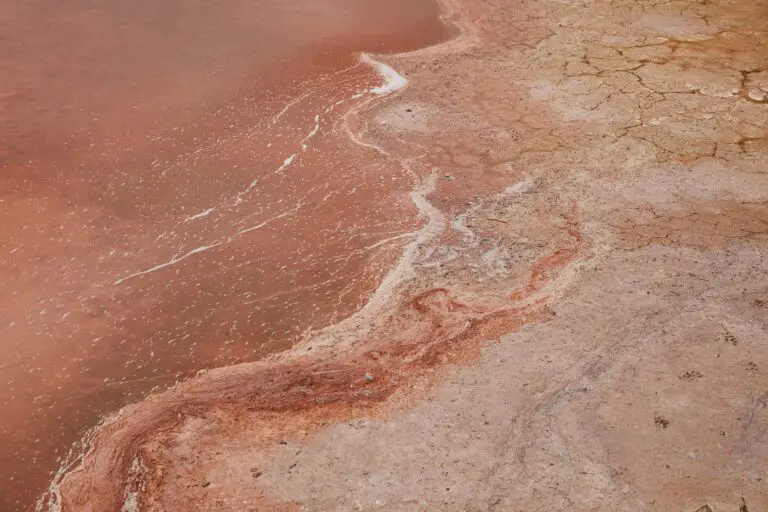
When we talk about weathering, we’re referring to the breakdown of rock where it stands. Be it the relentless assault of rainwater, the freeze-thaw cycles in a crack that make it split, or the chemical reactions that dissolve rock over time — weathering is an unwavering force of nature.
But weathering is just half the story. Enter erosion: the process of moving the weathered material from one place to another. Water flows into rivers, picking up grains of sand and sediment as it goes, transporting them across vast distances. Wind, acting like a giant sandblaster, redistributes dust and sand, while glaciers, those slow-moving rivers of ice, grind down rocks into fine powder with their massive weight.
Consider the Grand Canyon, an iconic example of erosion’s might. This majestic landmark is a testament to the power of water, carving a path through rock for over 6 million years. Or think of the Sahara, where winds sweep sand into ever-shifting dunes, constantly redrawing the desert’s face. These processes do more than just alter the landscape; they set the stage for new rock to form.
Gravity too has a hand in this planetary play. It pulls everything downward, causing rockslides on steep inclines and encouraging the flow of sediments into low-lying areas. All these agents of erosion — water, wind, ice, and gravity — are ceaseless in their pursuit, laying the foundational beds where sediment will eventually settle, compact, and solidify into sedimentary rock.
Each grain of sand, each slice of silt, embarks on a remarkable journey across Earth’s canvas, ultimately coalescing into the sedimentary rocks that tell the story of our planet’s past. This is the prelude to sedimentation, an essential chapter in the ever-unfolding autobiography of Earth.
From Layers to Literature: Stratification and Fossils
Imagine you’re time traveling through Earth’s history, witnessing the grandeur of its evolving landscapes. Along your journey, you encounter the origin stories of one of Earth’s most eloquent narrators: sedimentary rocks. These rocks are less like ancient relics and more akin to dynamic storybooks, chronicling the long-forgotten epochs of our planet. Like the pages of a book, sedimentary rocks are laid down in layers, a process known as stratification. Each stratum represents a snapshot in time, a distinct episode of Earth’s past meticulously archived for those with the curiosity to explore.
Stratification is not just a geological phenomenon; it’s the very foundation of understanding Earth’s deep history. Imagine each layer as a chapter that captures the environmental conditions, climate, and biological activity of its era. As sediments accumulate through time, they undergo lithification—a transition from loose grains to solid rock. This process seals away secrets that await our discovery. Sedimentary layers can reveal volcanic eruptions, shifting continents, or even the sudden demise of dinosaurs—events that have left an indelible impression on the geological records.
Perhaps the most intriguing aspect of these layers are the fossils they harbor. Picture a world where colossal creatures roamed freely, leaving behind footprints and remains that gradually become enclosed within sedimentary stone. Over millions of years, these biological artifacts undergo fossilization, preserving a tangible link to organisms that have long since vanished from the planet. These fossils are exceptional time capsules that guide scientists in piecing together the evolutionary puzzle of life on Earth. From tiny trilobites to majestic mammoths, each fossil is a testament to life’s resilience and diversity.
Now, let’s take a closer look at how these fascinating rocks and fossils come to be. Dive into the details with this insightful video that demystifies sedimentary rock formation and the significance of stratification and fossil preservation.
By exploring sedimentary rocks, we’re not just unraveling the mysteries of how they form on Earth’s surface. We’re also unlocking a narrative that extends beyond the rocks themselves, into the realm of life’s evolution and the Earth’s transformation over aeons. Each stratum, laden with fossils, provides a unique stanza in Earth’s extensive poem, enriching our understanding of the planet we call home.
The Role of Water Bodies in Shaping Sedimentary Rocks
Have you ever wondered how those layers upon layers of sedimentary rock were formed? It’s a process that takes us on a journey from the majestic mountain tops to the serene landscapes of the ocean floor. Let’s dive into the role of water bodies in this fascinating geological process.

Imagine a river, tirelessly cutting through the landscape: it erodes rock fragments from the mountains and carries them along on its winding path. These tiny passengers, ranging from colossal boulders to minuscule grains of sand, embark on an adventure downstream. As the river’s current loses its youthful vigor, these fragments settle down and begin a new life as part of the riverbed. This is sedimentation in action!
The Dance of the Rivers and Their Sediments
Rivers are master sculptors, chiseling away at the land and reshaping it. In time, they craft deltas that protrude into the sea, like hands extending an invitation to the ocean. Here, amidst the rhythmic ebb and flow of water, the sediments are further sorted by size and weight. The largest chunks drop out first, followed by silt and then clay, each finding their place in this alluvial mosaic.
Lakes: The Silent Custodians of Sediment
Lakes act as quieter, more contemplative counterparts to the bustling rivers. They cradle the sediments that tumble into their embrace from surrounding lands. Over millennia, these sediments lay down in distinct layers, a testament to the changing seasons and the passage of time. Each layer holds a story, a glimpse into the past environment, and the forces that shaped it.
Seas: The Final Frontier for Sediments
Finally, we venture to the seas, where the journey of sediment seems to find its quietus. After traversing the rivers and lakes, the tiny grains—now tired and worn—settle in the vast silence of the ocean. Over eons, layer upon layer of sediment accumulates, compression and chemical processes solidify them, and thus, sedimentary rocks are born. These rocks are time capsules, preserving ancient relics within their strata, such as fossils that chronicle life’s history.
In these water bodies, nature weaves a tale of erosion, transportation, and deposition, culminating in the remarkable creation of sedimentary rocks. Next time you marvel at a sedimentary rock formation, remember this journey—from peaks to the seabed—nature’s artistry at its finest.
Cementing the Past: Natural Cements in Rock Formation
Ever wondered how Earth’s palette of sedimentary rocks gets its array of colors and stability? Let’s dive into the world of natural cements, the unsung heroes holding the sediments of time together. Picture this: a beach where waves tirelessly shuffle a mix of sand and shells. Over time, these sediments start to stack up, layer by layer. But it’s natural cements, such as silica, calcite, and iron oxides, that transform this loose collage into a solid masterpiece that can endure for eons.
Take silica, for instance. This common cementing agent weaves its way between sand grains and crystallizes, acting like a robust glue that refuses to let go. The result? Think of the glittering quartzite cliffs that gleam in a setting sun or the harsh beauty of a desert sandstone, sculpted by the wind yet unyielding to its force.
Then there’s calcite, busy at work in marine environments. It’s like nature’s mason, sealing shell fragments with an invisible hand to eventually reveal the elegant swirls and layers in limestone – the stuff many historical buildings are made of. These calcified storerooms don’t just enthrall us with their beauty; they also stand as sturdy guardians of Earth’s past.
Let’s not forget the touch of drama added by iron oxides. From the deep rusty reds to the soft yellows, these natural pigments sprinkle their hues across sedimentary canvases. But their role isn’t limited to aesthetics. These oxides also bind the sediment, ensuring that the stories etched in stone will not be forgotten as they add both toughness and visual fireworks to rock formations.
The durability and appearance of sedimentary rocks owe much to these invisible cements. Not just in creating lasting monuments of geologic history but also in gifting us landscapes that stir the imagination and awaken the wanderlust within us. Their contribution is far from just superficial; it’s foundational in the most literal sense.
Now, to really cement this knowledge, let’s take a peek at how these processes come to life. Check out this video for a clear visual on how natural cements contribute to the formation of Earth’s storied sedimentary layers.
Sedimentary Rocks and Human Use
Imagine you’re walking through the heart of a bustling city. Look around and beneath the surface, sedimentary rocks are the unsung heroes supporting modern life. From the concrete jungle of skyscrapers to the quiet suburbs, the economic importance of these rocks cannot be overstated. Let’s drill down into the ways sedimentary rocks are more than just layers of Earth’s history—they are vital to human civilization.
Building the Foundations of Society
Construction relies heavily on sedimentary rocks, and for good reason. Take limestone, for instance, a rock so versatile that it’s the backbone of our cities’ infrastructures. Crushed into aggregate, it forms the concrete and asphalt that pave our roads, build our homes, and stabilize our bridges. Sandstone, with its beautiful natural colors and durability, has been a favorite for centuries in building monuments, temples, and homes that stand against the test of time.
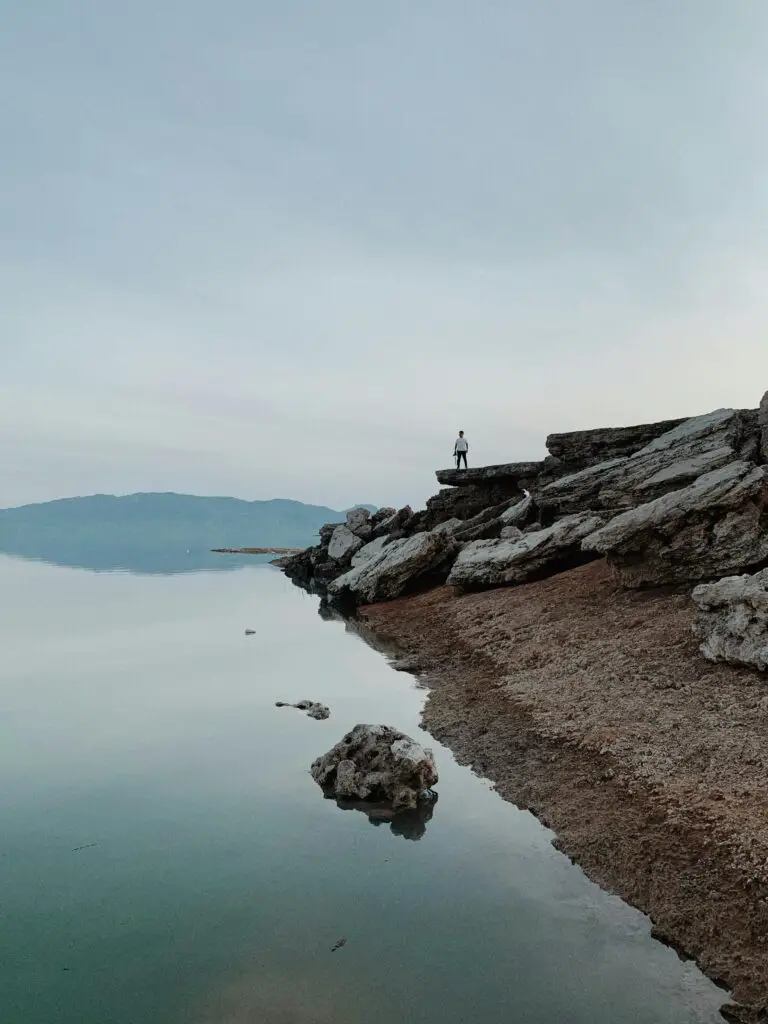
But it’s not just the solidity of sedimentary rocks that makes them indispensable; it’s also the stories they tell. Each layer holds secrets of past environments, guiding architects and engineers in choosing the right materials for construction that harmonizes with local landscapes.
Fueling Our Lives: The Power of Fossil Fuels
Now, imagine turning on your car’s ignition or warming your house in the winter. The energy powering these parts of daily life often comes from fossil fuels — organic remnants trapped in sedimentary rocks like shale. These resources are not infinite—each lump of coal and every drop of oil is the product of ancient ecosystems compressed over millions of years, reminding us of the dynamic processes shaping our planet.
Over centuries, we have developed extensive mining and drilling techniques to access these deep, dark energy caches. They heat our homes, power our industries, and fuel our vehicles—propelling humanity forward, thanks to the energy stored in sedimentary rock formations.
Quenching Our Thirst: Aquifers in Sedimentary Basins
But perhaps the most vital use of sedimentary rocks lies in their ability to store and transmit water. Beneath our feet, aquifers within porous rocks like sandstone and conglomerates serve as subterranean reservoirs. These hidden lakes provide drinking water to millions, and are the lifeblood of agriculture in arid regions. As urban populations grow and climate change pressures our water supply, these aquifers become even more crucial, requiring us to understand and manage them with care.
Every time we quench our thirst with a glass of water, irrigate crops, or soak in natural hot springs, we’re tapping into Earth’s natural filtration system provided by sedimentary rocks. Their porous nature doesn’t just trap water; it cleanses it, ensuring that the water we consume and utilize is not only accessible but also pure and safe.
So, when we ponder on “how do sedimentary rocks form on earth’s surface,” we not only unveil the mysteries of geological processes but also appreciate the fundamental role these rocks play in our daily lives. Sedimentary rocks are a testament to Earth’s generosity and a resource that has shaped human history in profound ways. Their story is one of resilience, utility, and an ongoing relationship with the planet we call home.
Protecting Our Sedimentary Heritage
Have you ever stood in awe of the Grand Canyon, tracing its colorful, winding paths and towering cliffs? These are monumental testimonials of sedimentary storytelling, capturing millions of years of Earth’s history in their layers. But it’s not just the stunning vistas that plead our attention; it’s the urgent need to shield these irreplaceable chronicles. Significant sedimentary formations are more than just eye-catching landmarks; they are the chronicles of our planet’s past, the classrooms for geologists in the field, and the inspiration for educators bringing Earth’s wonders to life in classrooms across the globe.
Imagine a child’s first encounter with a geode, eyes widening as amethyst crystals sparkle from within—a priceless moment of discovery that rivals any fantasy. Or consider the paleontologist brushing away grains of sand to reveal the fossilized remains of a creature that tread Earth long before our kind. For scientists and students alike, sedimentary formations are the key to unlocking mysteries of past climates, environments, and life forms, shedding light on our own origins and the planet’s ever-changing facade.
Yet, without proper conservation, these geological treasures are at risk of falling silent. Erosion, unchecked tourism, and climate change gnaw at their very foundations. It’s a race against time to ensure that these formations are preserved, not only for their scientific value but also for the generations of inquisitive minds to come. Protecting them is an act of preserving our heritage—ensuring that every layer of silt, sand, and clay continues to speak volumes of the Earth’s transformative tale.
Conservation efforts can be as grand as global initiatives or as personal as educating others about the significance of these sites. It’s about making a connection, fostering a sense of responsibility within communities, and cultivating a culture of respect for these natural archives.
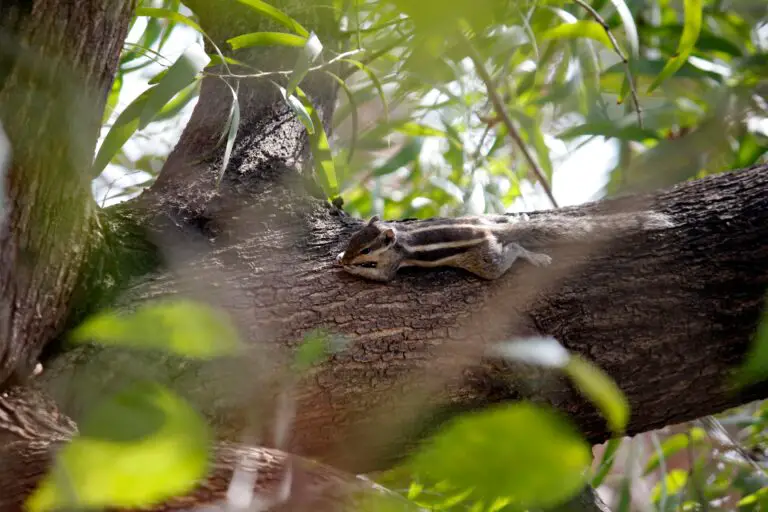
As custodians of Earth’s narrative, it is our duty to protect its intricate chapters. Let’s be the guardians of our sedimentary heritage, ensuring the story of our dynamic Earth continues to be told in vivid detail, one layer at a time.
Frequently Asked Questions
Embarking on a journey to understand the origins of sedimentary rocks can feel like stepping back in time. These rocks are storytellers, narrating Earth’s dynamic history. So, let’s dig into some common curiosities about these geological biographers.
What Exactly Are Sedimentary Rocks?
Sedimentary rocks are like history books, each layer a page filled with tales of ancient environments. They’re formed from the accumulation of mineral and organic particles, known as sediment, which settles out of air or water. Over time, these particles get compacted and cemented together, giving rise to the diverse array of sedimentary rocks that compose much of Earth’s crust.

How Do They Form On Earth’s Surface?
Imagine a sandy beach or a muddy riverbank – these are the birthplaces of future sedimentary rocks. The recipe is straightforward: take some sediment, add the weight of layers over time, mix in minerals to bind them together, and voilà! You’ve got sandstone, shale, or limestone, to name a few.
What Types of Sedimentary Rocks Are There?
Think of sedimentary rocks as a family with three main members. Clastic sedimentary rocks, like sandstone and shale, are formed from physical fragments of older rocks. Chemical sedimentary rocks, such as halite and gypsum, crystallize from minerals dissolved in water. Organic sedimentary rocks, like coal and limestone, accumulate from the remains of living organisms.
Why Are Sedimentary Rocks Significant?
These rocks are much more than meets the eye. Aside from building materials, they’re vital for uncovering past climates and environments. Fossil fuels, crucial for our energy needs, are found within their layers. They’re quite the jack-of-all-trades, providing resources, knowledge, and a window into Earth’s autobiography.
Sedimentary rocks don’t just form; they tell a story of time passing, environments changing, and life evolving. Each stone a snapshot of an era long gone, waiting for us to piece together Earth’s marvelous history. So next time you pick up a pebble, consider the epic tale it holds within.

